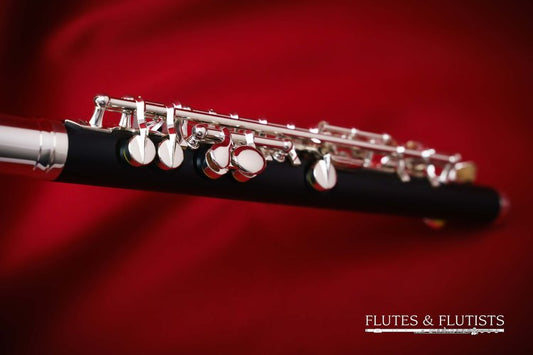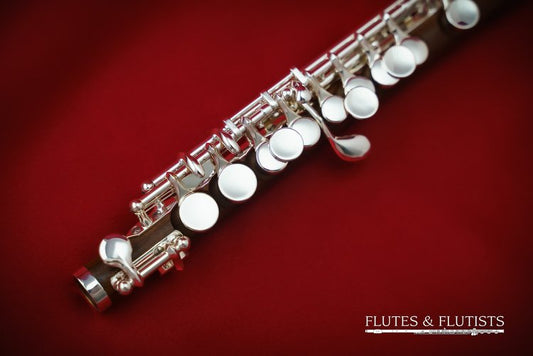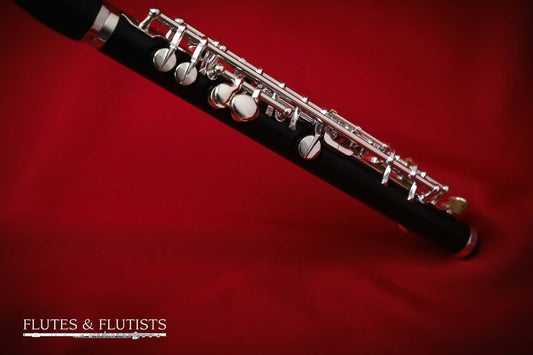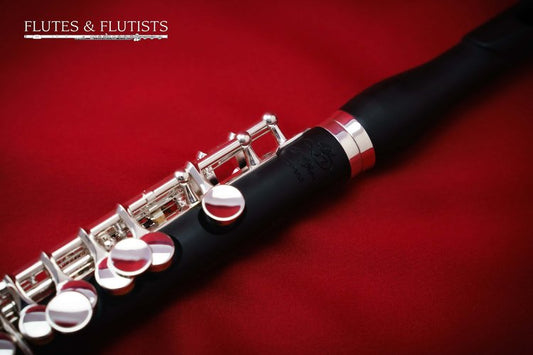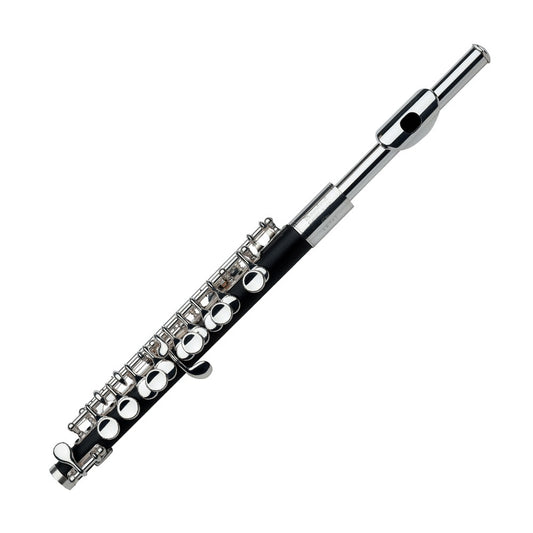Collection: Piccolos
Since the Middle Ages, evidence indicates the use of octave transverse flutes as military instruments, as their penetrating sound was audible above battles. In cultured music, however, the first piccolos were used in some of Jean Philippe Rameau's works in the first half of the 18th century. Still, the instrument began to spread, and therefore to have a stable place in the orchestra, only at the beginning of 1800 A.D. During the Baroque period, the indication "flautino" or also "flauto piccolo" usually denoted a recorder of small size (soprano or sopranino). In particular, this is the case of the concertos that Antonio Vivaldi wrote for flautino.[6]
Until the end of the 19th century, the piccolo maintained the same construction. Historically, the piccolo had the same keys of the baroque flute (one key) and then of the classical and romantic simple system flute. At the end of the century, the piccolo began to be built with the Boehm mechanism, which would become the standard during the 1900s. However, it cannot wholly transition to the Boehm system since the bore has remained conical, as in the old system flute, and the first bottom note is D, like in the baroque flute. The piccolo should not be confused with the fife, which is traditionally one-piece, has a smaller, cylindrical bore, and produces a more strident sound.
-
DI ZHAO Student Piccolo | DZP-101
Regular price $1,649.00 AUDRegular priceUnit price / per -
DI ZHAO Semi-Professional Piccolo |DZP-301
Regular price $3,999.00 AUDRegular priceUnit price / per -
DI ZHAO Semi-Professional Piccolo | DZP-201
Regular price $3,449.00 AUDRegular priceUnit price / per -
DI ZHAO Intermediate Piccolo | DZP-102
Regular price $2,299.00 AUDRegular priceUnit price / per -
Gemeinhardt Piccolo 4PMH
Regular price $1,688.00 AUDRegular priceUnit price / per$1,875.00 AUDSale price $1,688.00 AUDSale


